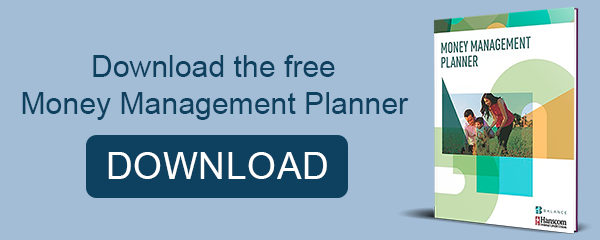Do you have plans to pursue a higher education degree? Let’s face it, an education at a college, career program, or graduate school is expensive. Most students need some kind of assistance, and navigating the student loan options available can be difficult. Here is a quick overview of the best current options for new college students and their families.
Federal Student Loans
The best place to look for college funding is Federal subsidized and unsubsidized student loans. Federal student loans are easier to obtain, as they do not require a credit check or a co-signer. These loans also offer income-based repayment and forbearance/deferment options. Students can apply through one consolidated process called a FAFSA Form, which can be found at https://fafsa.ed.gov. The 2019 FAFSA deadline is June 30.
Private Student Loans
Obtaining private student loans can be trickier and more time consuming than Federal loans. A simple Google search can provide students with an overwhelming number of lending sources with varying degree of credibility. Students and families should carefully review any lending company reviews and specific agreement terms before signing on any loan. Some key factors to consider when agreeing to a student loan are interest rates, term of the loan, origination fees, repayment options, and prepayment penalties. Also keep in mind that most private loans require a co-signer.
Grants
Many organizations, colleges, states, and the federal government award college grants. These grants range in amounts and do not need to be repaid. Students can obtain grants based on diversity, organizational membership, or financial need, as reported on the student’s FAFSA application. That’s one more reason not to miss out on the FAFSA deadline!
Of course, there are also work-study options, family loans, or choosing to obtain an associate’s degree from a community college before transferring to a higher cost university. Whatever route a student chooses, it should be the most financially sustainable for the long term, while not saddling the student and his or her family with debt for decades after college graduation.
©Balance
The first step to understanding how much debt you can afford to assume is to understand your budget. A strong starting point is the Hanscom Federal Credit Union Money Management Planner. This is a free, downloadable guide that includes worksheets and tips to help you build a financial plan for the future. Get your copy now by clicking here.
Others are reading:














Comment